Today's core language
On March 1st, Huawei issued three smart wearable devices in a row, which can be intelligent three-link: Huawei TalkBand B2 (smart bracelet), Huawei Talkband N1 (smart headset), Huawei Watch. The advantages of the first two products compared to other products in the industry are already obvious. For more technical advice, please pay attention to the daily electronic core morning newspaper.
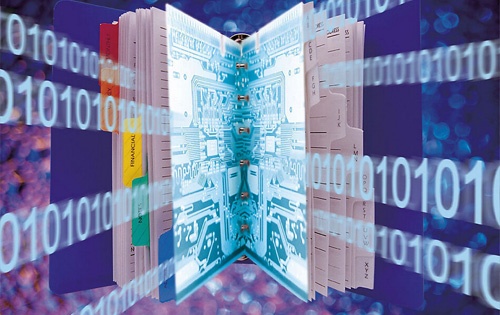
First, wearable
1, the force can be worn, Huawei Watch can kill the encirclement. On March 1st, Huawei sent three smart wearable devices in a row, which can be intelligent three-link: Huawei TalkBand B2 (smart bracelet), Huawei Talkband N1 (smart headset), Huawei Watch. The advantages of the first two products compared to other products in the industry are already obvious. But the question is, how big is the market capacity of smart bracelets and smart headsets, or how large the consumer group is willing to pay for it, is the ultimate determinant of how much the two products are commercially successful.
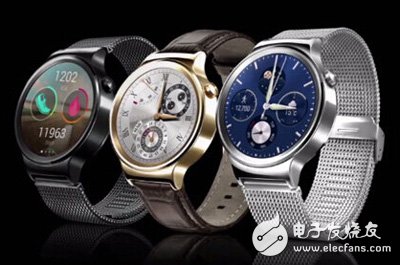
Second, charging technology
1. The home company pushes wireless charging furniture, and the desk lamp can charge the mobile phone. According to foreign media reports on the 3rd, a famous international home furnishing company announced that it will introduce furniture and lamps with wireless charging function, which can provide more convenience for charging smart phones and other devices. According to the report, the series of furniture called “Smart Home†includes lamps, bedside tables and coffee tables, as well as charging devices that can be added in any plane.
2, Galaxy S6 charging for 10 minutes can support 4 hours of use. Samsung Galaxy S6 and Galaxy S6 edge standby time is double that of Apple 6. The two phones incorporate the cutting-edge core technology currently owned by Samsung, becoming the world's first 14-nanometer mobile phone processor and 64-bit operating system, equipped with a new LPDDR4 memory system and UFS 2.0 flash memory, which will enable The performance of the phone is more powerful, the memory runs faster and the power consumption is lower. The Galaxy S6 and Galaxy S6 edge are 1.5 times faster than the Galaxy S5, and can be used for 4 hours when charging for 10 minutes.
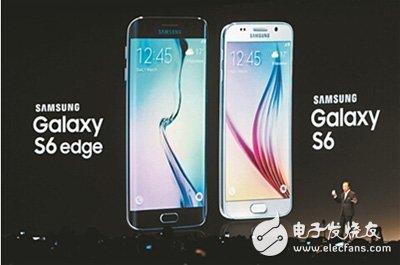
Third, communication news
1. Wind River and China Mobile work together to accelerate network NFV applications. Wind River®, the world's leading provider of intelligent connected system software, is working with China Mobile to develop multiple NFV engineering projects, including the creation of new NFV test labs and joint development of virtualized Small Cell Gateway and C-RAN solutions. The two parties are committed to supporting the entire telecommunications industry to promote NFV deployment, shorten time to market, and reduce operating costs.
2. Intel introduced a new mobile system chip and LTE solution. On the first day of the MWC2015 conference, Intel CEO Ke Zaiqi announced today a series of new products and cooperation programs, including new cost-effective system-on-chip (SoC) for mobile phones, tablet and tablet. Mobile platform, a global LTE solution, an innovative personal computing experience, and a partnership with a number of customers around mobile devices and network infrastructure products. Ke Zaiqi said that with cross-chip, software and security technologies, Intel is one of the few companies that can provide end-to-end solutions for devices, networks and the cloud.
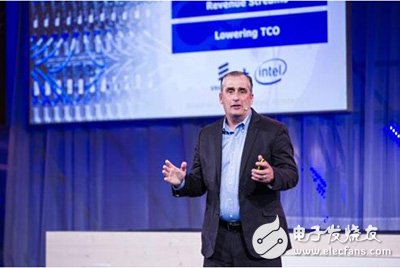
Intel CEO Ke Qici announced new product and cooperation plan at MWC 2015
Fourth, semiconductor
1, graphene + polymer, higher electron mobility. Graphene is considered by many to be the successor of tantalum materials because its electron mobility can reach more than ten times that of tantalum and solves many problems in the process of shrinkage of tantalum materials. However, graphene lacks the fabrication of transistors. The required bandgap also delays the development of related technologies. Researchers have now proposed the use of conductive polymers to coat graphene, claiming to be able to produce organic electronic components at a much lower price than tantalum materials.
2, NVIDIA does not abandon, TSMC meets "true love." Samsung has completely defeated TSMC with its more advanced 14nm FinFET, and has successfully attracted large customers such as Apple and Qualcomm. Even NVIDIA, which has been rumored to have cooperated with TSMC for 10 years, has to abandon it. TSMC was once considered to be "rebellious". Situation. However, NVIDIA CEO Huang Renxun responded to relevant questions in a recent investor conference call: TSMC is still our important partner. TSMC's process is very strong and has confidence in their 16nm FinFET process. At present, although TSMC lost Samsung, its old teammate NVIDIA still affirmed it, and Huawei Haisi seems to be interested in TSMC's technology.
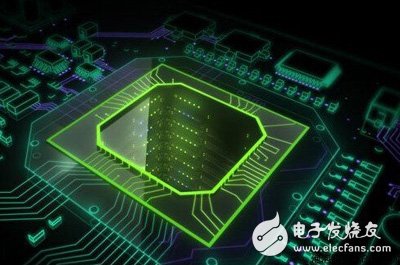
Fifth, automotive electronics
1. Ford Motor designed smart electric bicycle. The MoDe:Me and MoDe:Pro prototype electric bikes exhibited at the Mobile World Congress are among the top 100 design proposals. Both electric bikes are equipped with a 200 watt motor and a 9 amp hour battery, with electric pedal assist and a top speed of 25 kilometers per hour. The technology of prototype electric bicycles is inspired by the automotive industry, such as backward ultrasonic sensors. The riding warning system realized by this technology can warn the rider through the vibration of the handle when the car overtakes, and can also remind the car driver to pay attention to the existence of the electric bicycle by turning on the warning light on the handle.
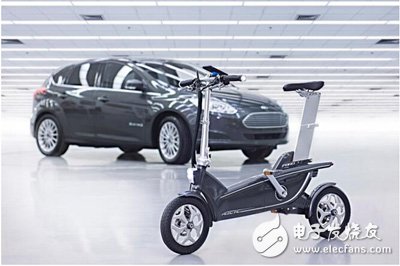
Six, sensor
1. Intel pushes new sensors to improve mobile phone security. Intel plans to disclose new information about RealSense technology at MWC. Applications for RealSense include gestures or facial expression control devices, inserting user images into animations, and copying objects through 3D printing. Intel also said it will showcase the True Key mobile app, using face recognition and other security technologies to authenticate users.
2. Second Touch ID? Qualcomm pushes ultrasonic fingerprint recognition sensors. Fingerprint recognition technology has become the standard equipment for some smart phones. For example, Apple's Touch ID and Samsung use traditional fingerprint compression recognition technology. Recently, Qualcomm released a new fingerprint recognition sensor. Unlike the previous one, it uses ultrasonic technology to verify the user's 3D fingerprint. According to Qualcomm, the fingerprint identification technology is called “Jilong Sense IDâ€, which can work even if the user's finger has a small amount of dirt or moisture, and can even penetrate glass, aluminum, stainless steel, sapphire, plastic and other equipment for identification.
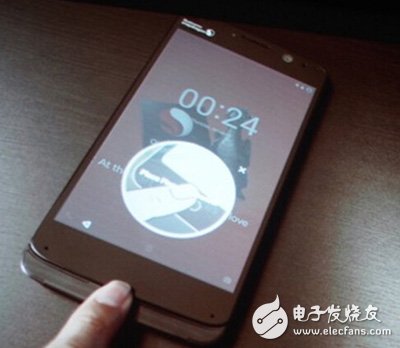
Qualcomm pushes ultrasonic fingerprint sensor (slashgear)
Aluminium Clad Steel Conductor
Aluminium Clad Steel Conductor,Acs Conductor,Astm Acs Conductor,Aluminum Clad Steel Wire
HENAN QIFAN ELECTRIC CO., LTD. , https://www.hnqifancable.com
